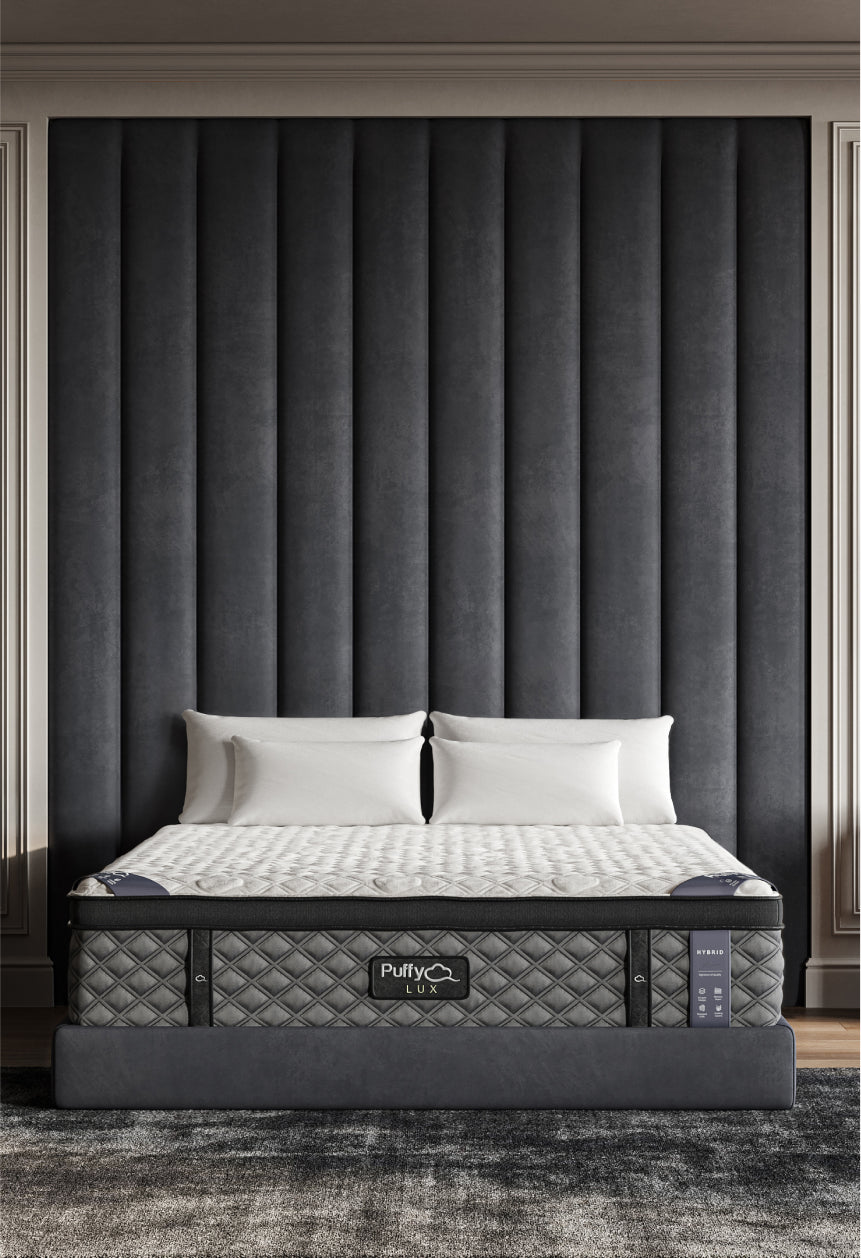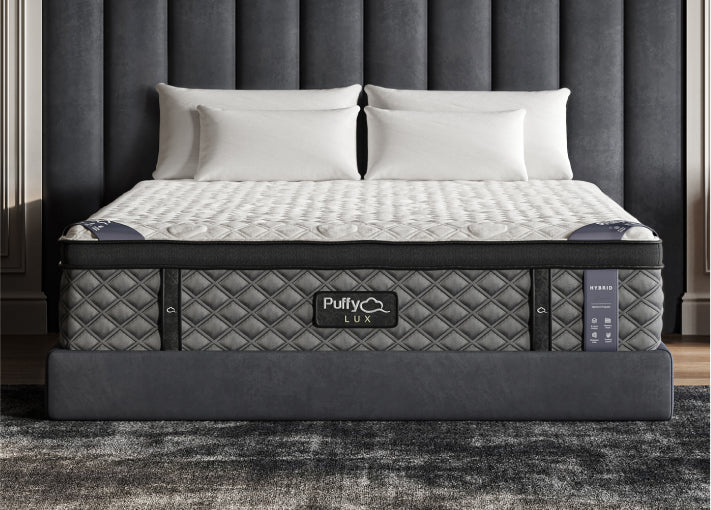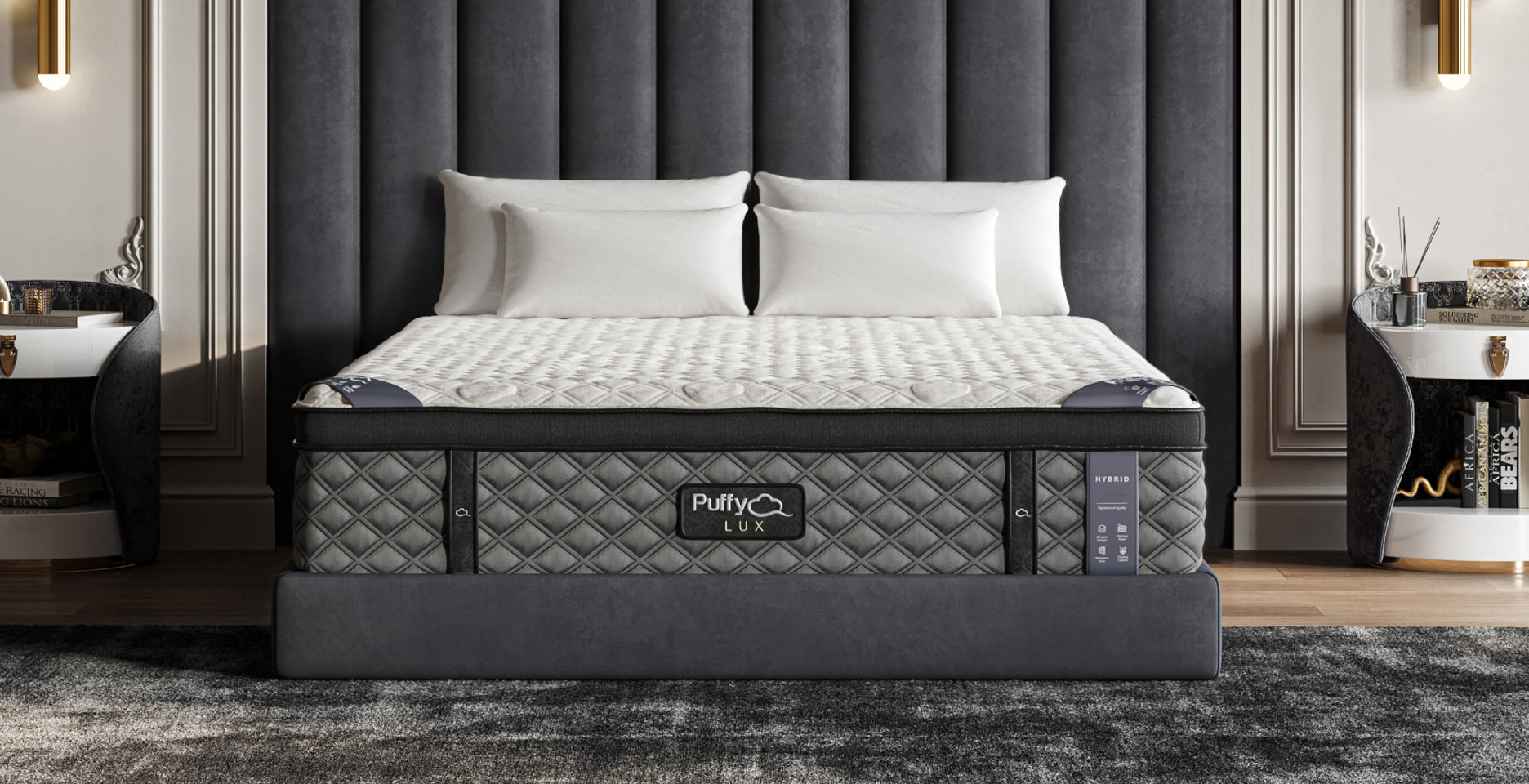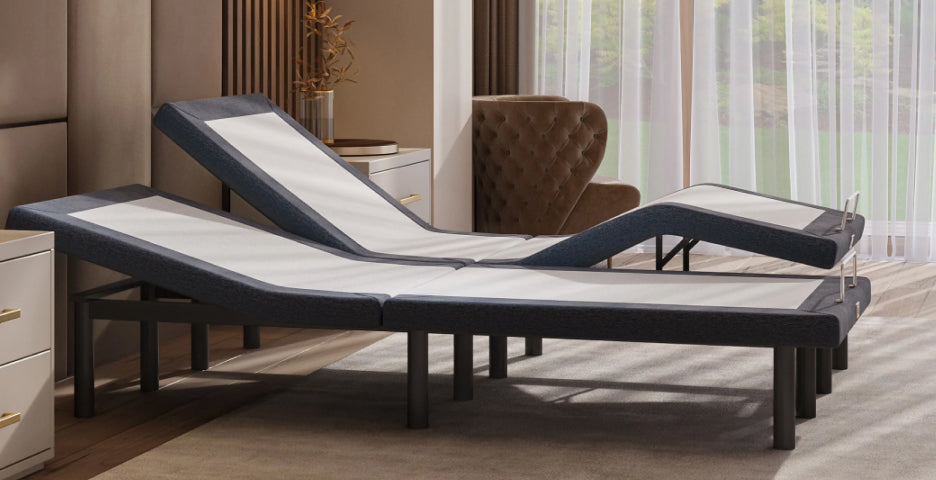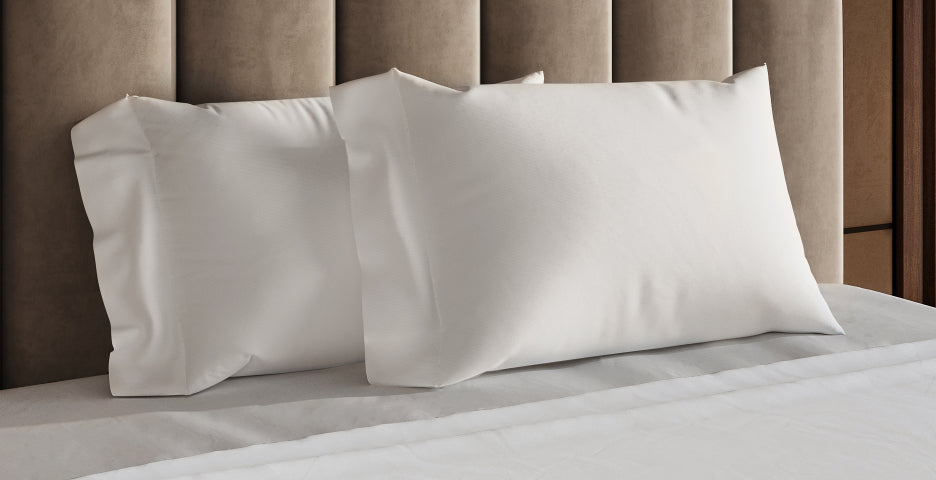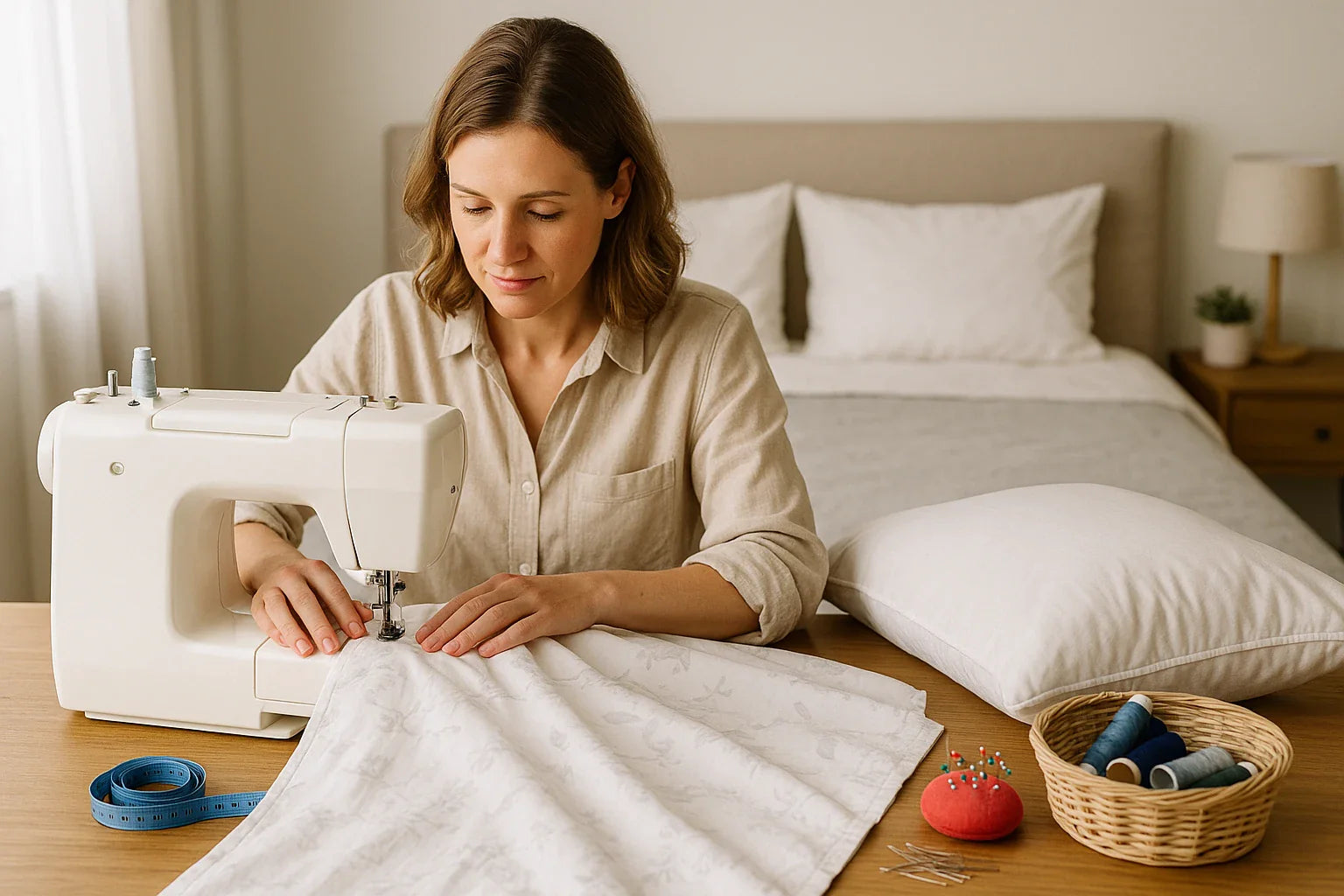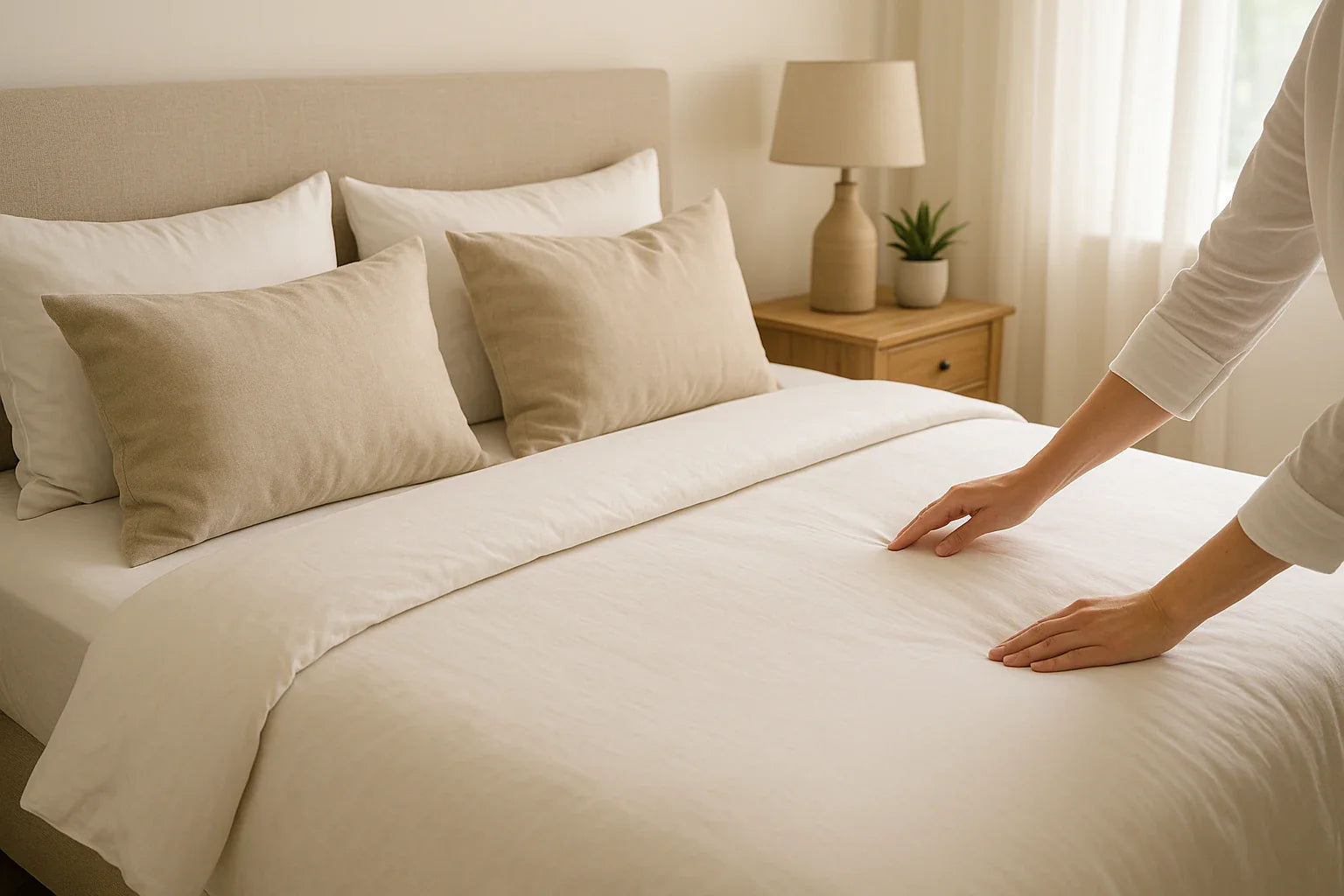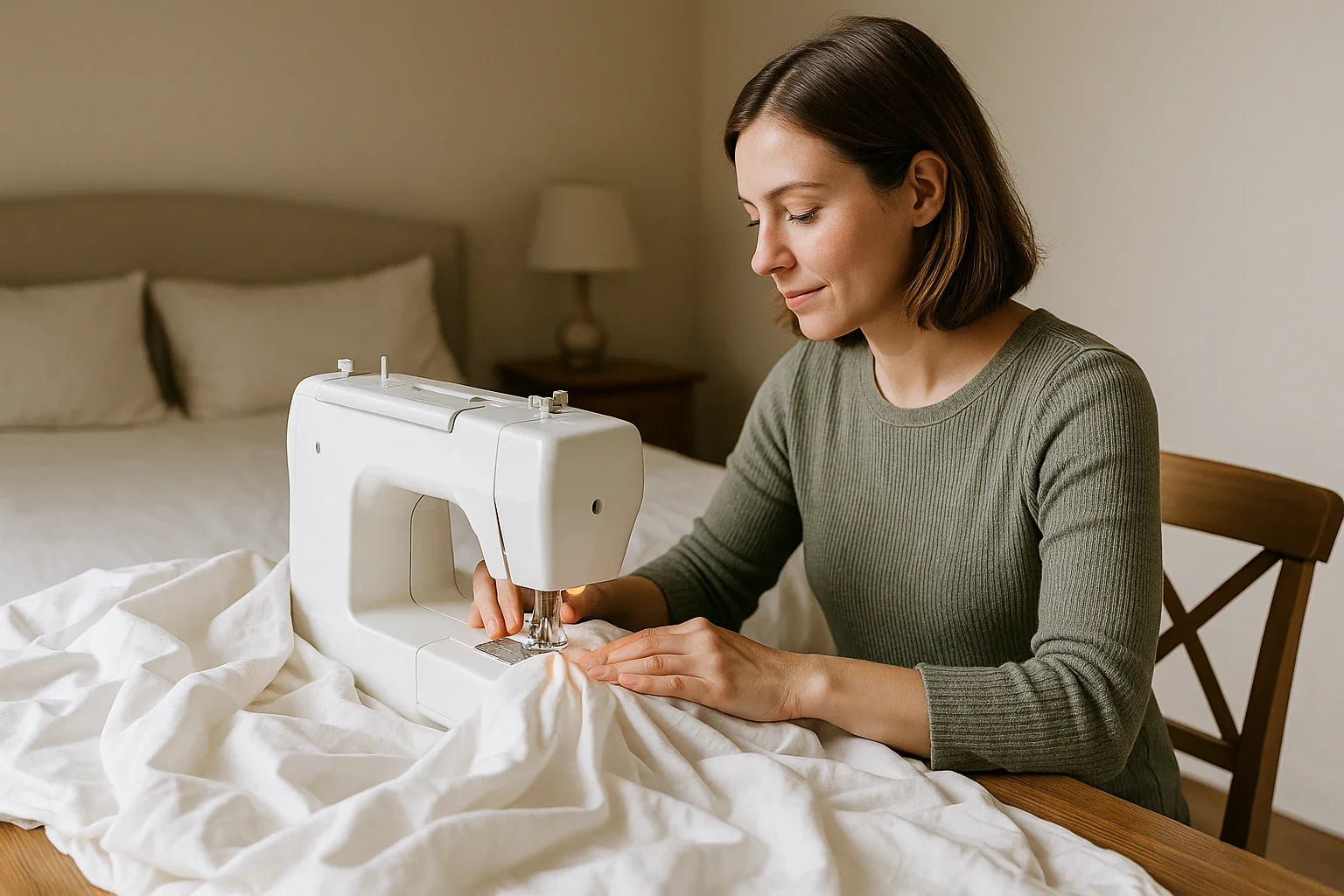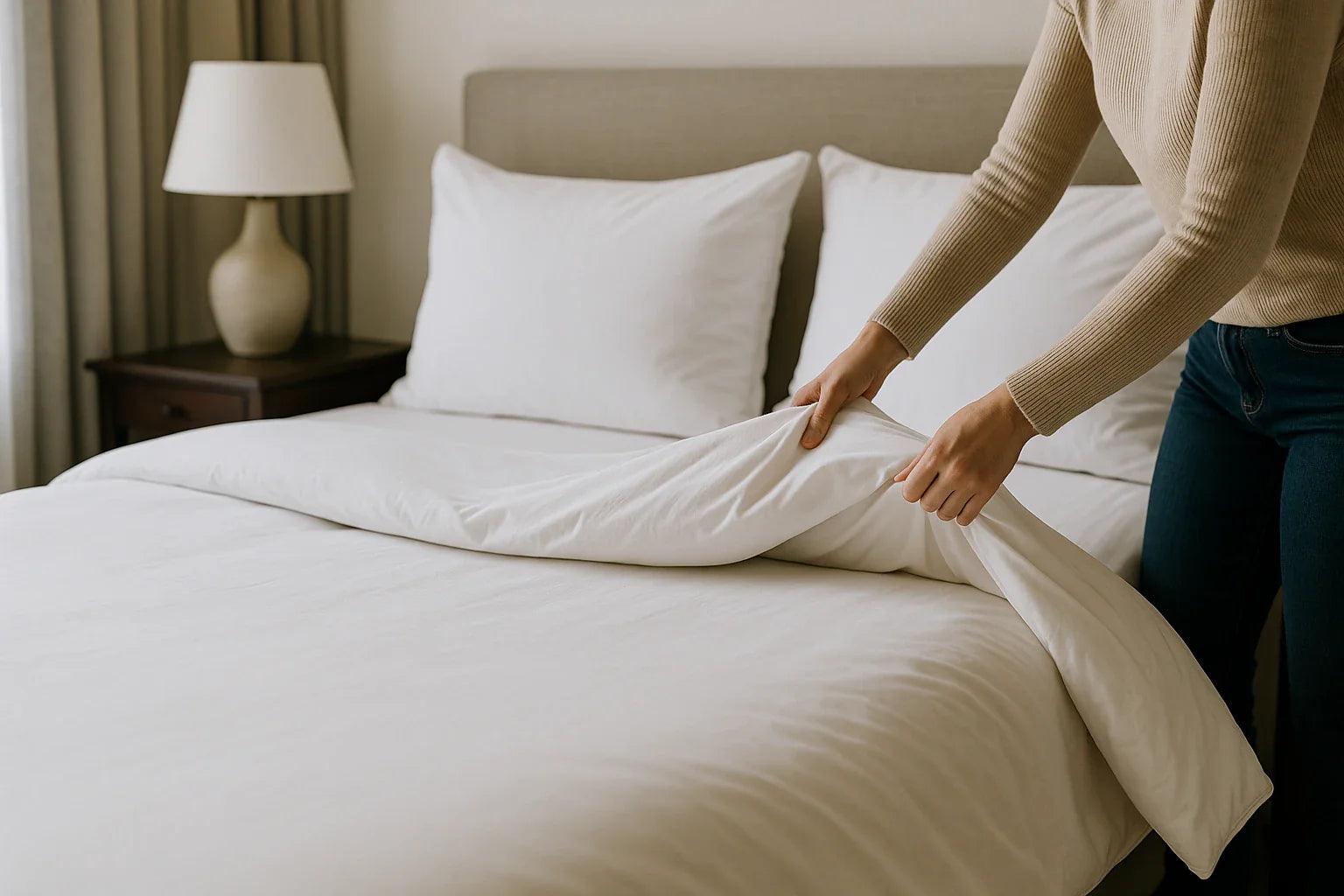Positioning a bed against the wall is a practical and aesthetic choice for many homeowners. Whether you’re working with limited space or seeking a cozy bedroom layout, this arrangement can offer numerous benefits.
From enhanced room functionality to aesthetic appeal, learn how to make the most of your bedroom space with our comprehensive guide.
Should My Bed Be Against the Wall?
Placing your bed against the wall is a decision influenced by various factors, including room size, personal preference, and functional needs. Here are some considerations to help determine if this setup is right for you:
-
Space Efficiency: In smaller bedrooms, pushing the bed against the wall can significantly free up space, making the room feel larger and more open. This setup allows for additional furniture or movement space, which is particularly beneficial in studio apartments or shared rooms.
-
Aesthetic and Design: Positioning your bed against the wall can create a cozy nook that adds character and warmth to your bedroom. This arrangement can serve as a focal point, around which the rest of the room’s decor can be centered, providing a structured and balanced aesthetic.
-
Safety for Children: For families with young children, placing the bed against the wall can minimize the risk of falls during sleep. It creates a safer sleep environment, especially for active sleepers or when transitioning a child from a crib to a bigger bed.
-
Considerations: It’s important to consider the practicality of this setup, including ease of making the bed, access to both sides of the bed, and potential for wall damage or wear. For couples, access to the bed from both sides may be restricted, which could be inconvenient.
What to Do with Gap Between Bed and Wall
A common issue with placing the bed against the wall is the gap that can form between the mattress and the wall, which can be both uncomfortable and impractical. Here are solutions to address this gap:
-
Bed Bridge or Gap Filler: A foam bed bridge or gap filler can seamlessly fill the space between the mattress and the wall. These products are designed to blend with the mattress, providing a continuous surface that prevents pillows and other bedding from slipping through the gap.
-
Custom Headboard: Installing a custom headboard that spans the width of the bed and fills the gap can add both functionality and style. This solution not only addresses the gap issue but also enhances the bed’s aesthetic appeal.
-
Storage Solutions: Utilize the gap as an opportunity for additional storage. Slim shelving units or custom-built storage can fit into this space, offering a place for books, glasses, or decor items. This approach turns a potential nuisance into a functional feature of the room.
-
Wall Protection: To protect the wall from damage due to contact with the bed, consider adding a buffer such as wall-mounted foam padding, decorative tapestries, or a fabric wall protector. These measures can prevent scuffs and wear while adding a decorative touch to the space.
Interested in how Puffy stacks up against other brands? Check out our mattress comparisons: Puffy vs Purple, Puffy vs Nectar, Puffy vs Casper, Puffy vs Leesa, Puffy vs Saatva, Puffy vs DreamCloud, and Puffy vs Tuft and Needle.
How to Attach Bed Frame to Wall
Attaching your bed frame to the wall not only prevents it from moving but can also add a layer of stability and security, especially for headboards that don’t stand on their own. Here’s how to securely attach your bed frame to the wall:
-
Choose the Right Hardware: Depending on your bed frame and wall type, you’ll need appropriate hardware. For most cases, L-brackets or a French cleat system work well. L-brackets are versatile for different types of bed frames and walls, while a French cleat offers a flush mount for heavier headboards.
-
Locate Wall Studs: Use a stud finder to locate studs in the wall where you’ll anchor the bed frame. Anchoring to studs ensures the bed frame is securely attached, reducing the risk of damage to your wall.
-
Mark and Drill: Once you’ve located the studs, hold the hardware against the wall and mark drilling points through the holes. Drill pilot holes into the studs at the marked points. If your wall is masonry, use a masonry bit and wall plugs.
-
Attach the Hardware to the Wall: Screw the L-brackets or the cleat’s wall side to the wall, ensuring they’re tightly secured into the studs or wall plugs.
-
Secure the Bed Frame to the Hardware: Line up the bed frame with the wall-mounted hardware. If using L-brackets, screw them into the bed frame. For a French cleat, ensure the bed frame side slots securely into the wall-mounted cleat.
-
Final Check for Stability: Once attached, gently test the bed frame’s stability by applying slight pressure. Ensure it’s securely attached and doesn’t wobble or detach from the wall.
Pairing your bed-against-the-wall setup with the right mattress not only enhances comfort but also contributes to the bed’s stability. Puffy mattresses are designed to complement any bed frame, ensuring a snug fit and minimal movement, perfect for beds positioned against walls.
Check out Puffy mattress reviews from real customers and see how we compare with other brands.
Why Does My Bed Move Away from the Wall
There are several reasons why a bed might move away from the wall, leading to gaps and potentially disrupting sleep. Understanding these reasons can help in applying the right solutions:
-
Slippery Flooring: Hard surfaces like wood or tile provide less friction, making it easier for the bed to slide. Even slight movements, like sitting down or turning over in sleep, can cause the bed to inch away from the wall over time.
-
Active Sleep Habits: People who move a lot in their sleep are more likely to push the bed away from its original position. This is particularly common with lighter bed frames.
-
Improper Bed Frame Size: A bed frame that’s too small for the mattress may lead to uneven weight distribution, causing the frame to shift more easily.
-
Lack of Anchoring: Bed frames that are not anchored to the wall or lack proper support can easily move. Movement can be caused by the daily activities of sitting, standing up, or even the act of making the bed.
Transitioning to a bed-against-the-wall layout transformed our bedroom into a more spacious and functional haven. The addition of a custom headboard and the strategic use of space for storage significantly enhanced the room’s aesthetic and practicality.
Our Puffy Lux Mattress perfectly complemented this arrangement, providing unmatched comfort and maintaining its position snugly against our beautifully adorned wall.
Use our store locator to find the closest furniture or mattress store near you and feel the cloudlike comfort of our Puffy Mattress in person.
Conclusion
Placing your bed against the wall is more than just a space-saving solution; it’s a lifestyle choice that merges functionality with design elegance. Whether you’re aiming to maximize a small space or create a cozy bedroom retreat, the right strategies can make all the difference.
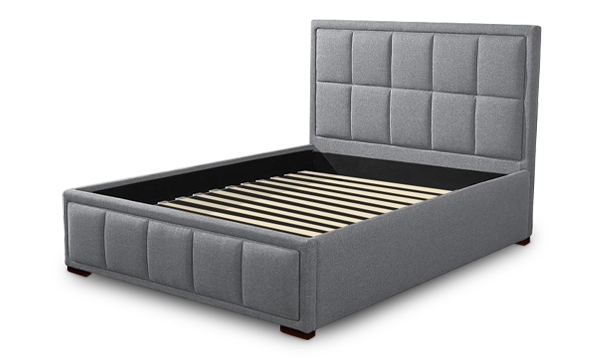
Enjoy unmatched comfort with the Puffy Sterling Bed Frame.
Upgrade your sleep setup with a stylish, supportive foundation:
- Premium stitching.
- Heavy-duty wooden frame.
- Lifetime warranty.
- 101-night sleep trial.
- Free shipping and returns.
